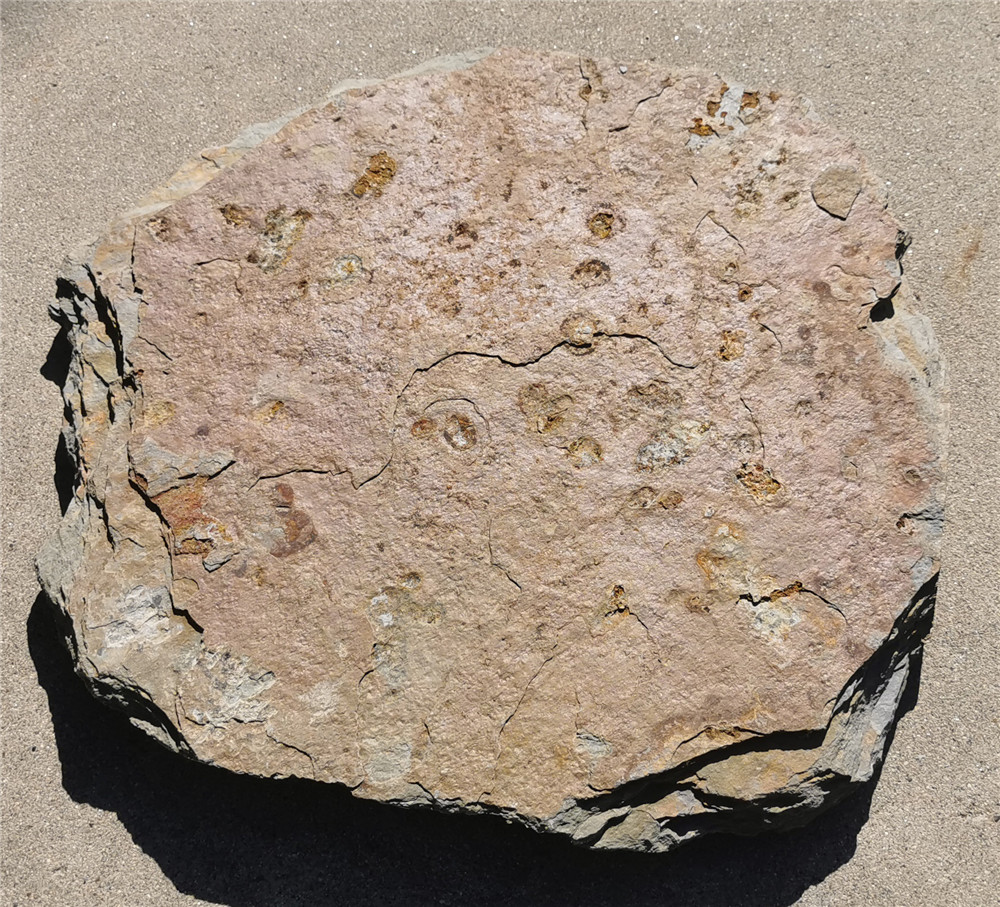Introduction
Mid-century modern design has seen a resurgence in popularity in recent years, with its clean lines, minimalist aesthetic, and timeless appeal captivating homeowners and designers alike. One key element of mid-century modern architecture and interior design is the use of cultured stone. Cultured stone, also known as manufactured stone or faux stone, offers a versatile and cost-effective alternative to natural stone, making it a popular choice for both residential and commercial projects. In this article, we will delve into the world of mid-century modern cultured stone, exploring its history, characteristics, and the ways in which it can be incorporated into contemporary design schemes.
History of Mid-Century Modern Cultured Stone
The mid-century modern design movement emerged in the mid-20th century, characterized by its emphasis on simplicity, functionality, and the fusion of indoor and outdoor spaces. During this period, architects and designers sought to create homes and buildings that reflected the modern lifestyle, incorporating innovative materials and techniques into their designs. Cultured stone emerged as a popular choice for mid-century modern structures, offering the look of natural stone without the cost or weight associated with traditional stone construction.
The development of cultured stone can be traced back to the 20th century, with the introduction of lightweight concrete and other composite materials that could replicate the appearance of natural stone. In the mid-century modern era, cultured stone gained popularity due to its versatility, durability, and ability to mimic the textures and colors of natural stone. Architects and designers embraced cultured stone as a way to enhance the aesthetic appeal of their projects while also meeting budget and construction constraints.
Characteristics of Mid-Century Modern Cultured Stone
Mid-century modern cultured stone is characterized by its sleek and sophisticated appearance, which complements the clean lines and geometric shapes typical of mid-century modern design. Unlike natural stone, which can vary in color and texture, cultured stone offers a consistent and uniform look, making it ideal for creating a cohesive design scheme. Cultured stone is available in a wide range of colors and finishes, allowing designers to customize the look of a project to suit their preferences.
One of the key advantages of mid-century modern cultured stone is its lightweight nature, which makes it easier to install and transport compared to natural stone. This lightweight quality also reduces the structural load on a building, making it a practical choice for both new construction and renovation projects. stone veneer is also more affordable than natural stone, making it a cost-effective option for homeowners and designers looking to achieve the look of stone without breaking the bank.
In addition to its aesthetic appeal and practical benefits, mid-century modern cultured stone is also highly durable and low-maintenance. Cultured stone is resistant to fading, chipping, and staining, ensuring that it will maintain its appearance over time with minimal upkeep. This durability makes cultured stone a long-lasting and sustainable choice for building exteriors, interior walls, fireplaces, and other architectural features.
Incorporating Mid-Century Modern Cultured Stone into Contemporary Design
Mid-century modern cultured stone can be incorporated into contemporary design schemes in a variety of ways, adding visual interest, texture, and warmth to interior and exterior spaces. In residential settings, cultured stone can be used to create accent walls, fireplace surrounds, and outdoor patios that evoke the spirit of mid-century modern design. The clean lines and minimalist aesthetic of mid-century modern cultured stone complement a range of interior styles, from Scandinavian-inspired to industrial chic.
For commercial projects, mid-century modern cultured stone can be used to create striking facades, entrance features, and interior walls that make a bold architectural statement. Cultured stone can be combined with other materials such as wood, metal, and glass to create a dynamic and visually appealing design scheme that reflects the ethos of mid-century modern architecture. The versatility of cultured stone allows designers to experiment with different textures, colors, and patterns, creating a unique and personalized look for each project.
When incorporating mid-century modern cultured stone into contemporary design, it is important to consider the overall aesthetic of the space and how the stone will enhance the existing architecture and decor. Cultured stone can be used to create focal points, define spaces, and add depth and dimension to a room. By carefully selecting the color, texture, and placement of cultured stone, designers can create a cohesive and harmonious design scheme that pays homage to the timeless elegance of mid-century modern style.

Conclusion
Mid-century modern cultured stone offers a versatile and cost-effective way to incorporate the beauty and elegance of natural stone into contemporary design schemes. With its sleek appearance, durability, and low-maintenance qualities, cultured stone is a popular choice for architects, designers, and homeowners looking to create spaces that reflect the spirit of mid-century modern design. By exploring the history, characteristics, and design possibilities of mid-century modern cultured stone, designers can unlock the potential of this timeless material to create spaces that are both functional and visually stunning.
